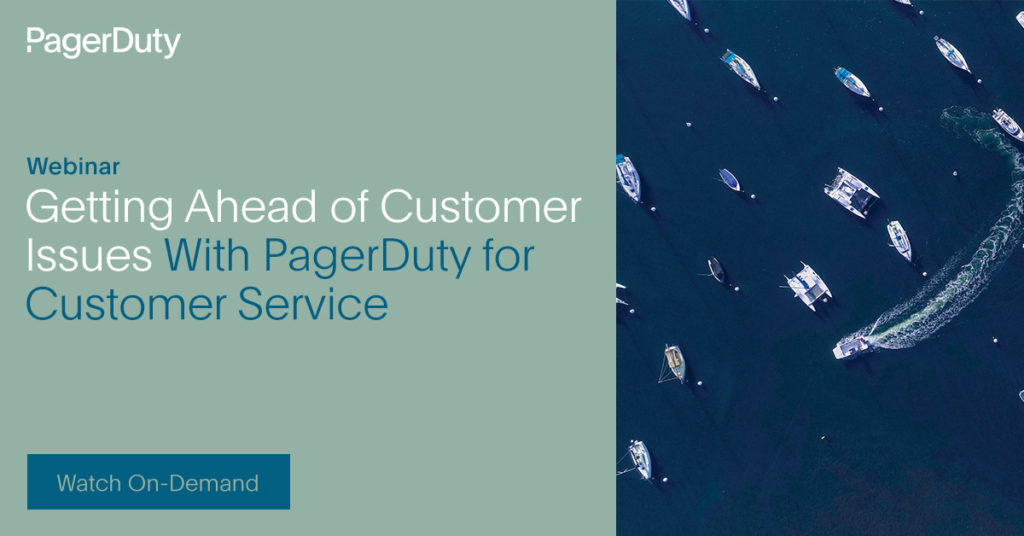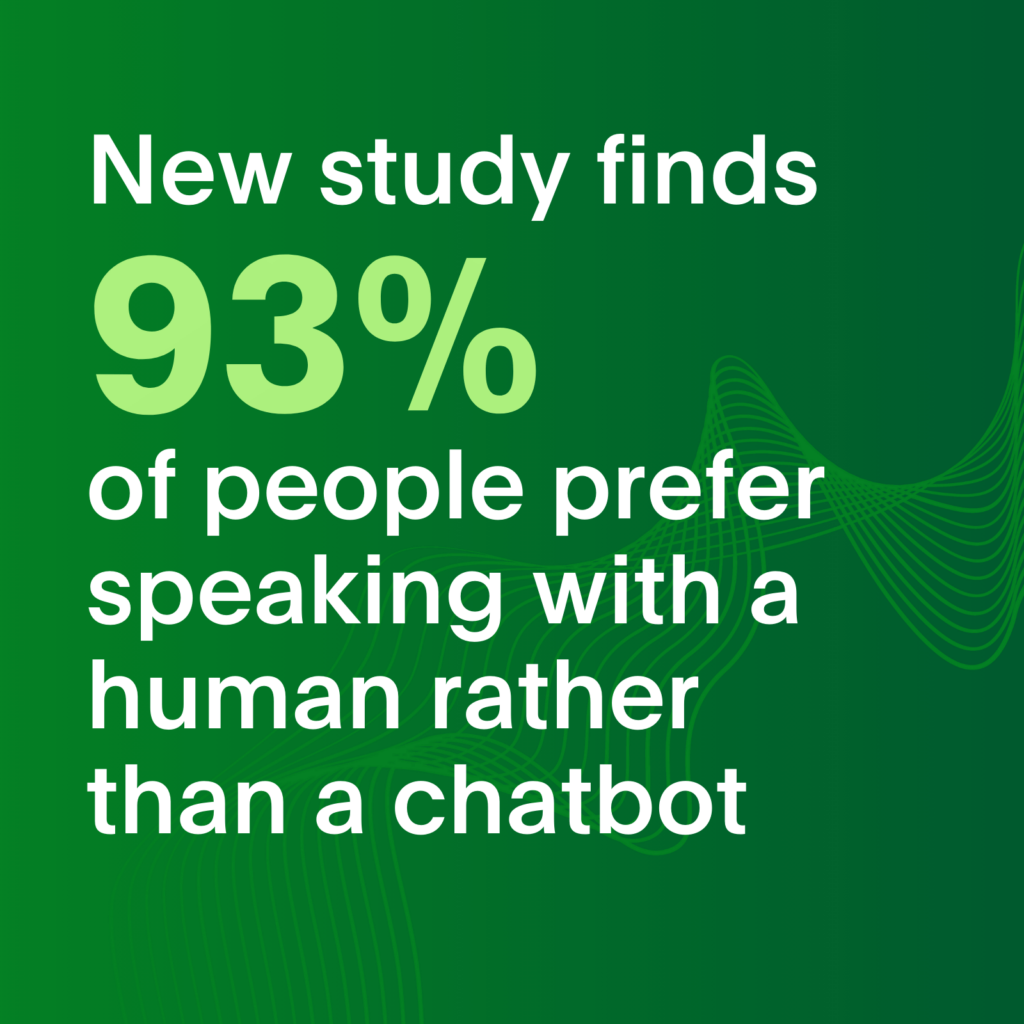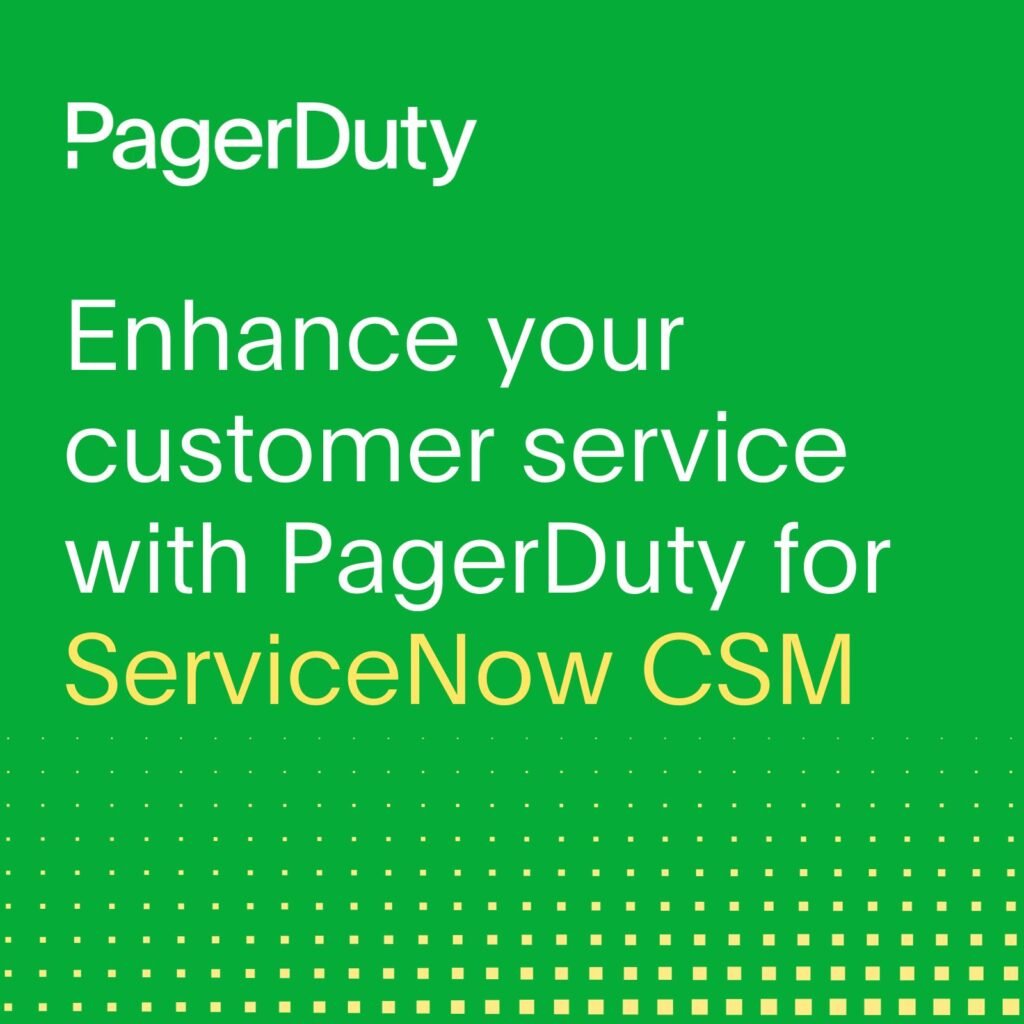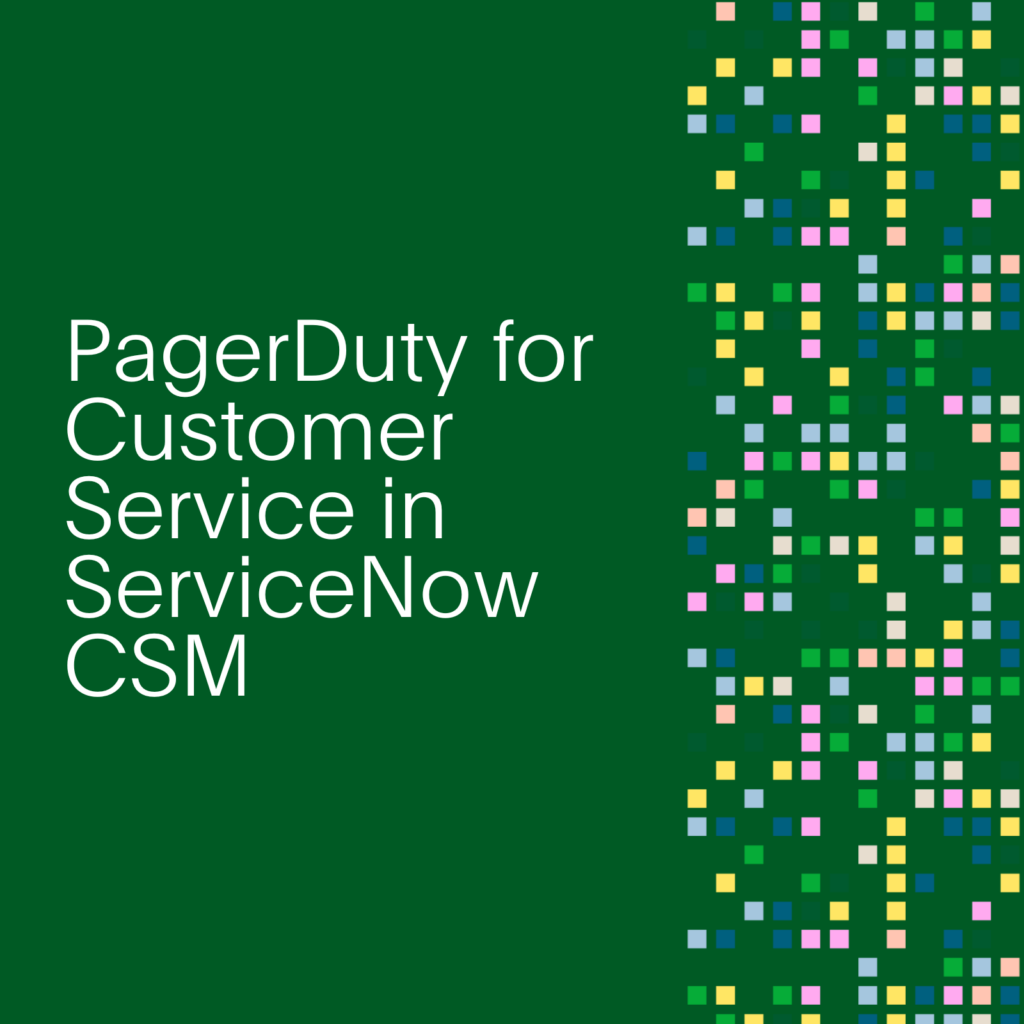- PagerDuty /
- Blog /
- Customer Service /
- An Interview With PagerDuty’s Chief Customer Officer, Manjula Talreja
Blog
An Interview With PagerDuty’s Chief Customer Officer, Manjula Talreja
The way we live and work has become fully digitalized, and this means consumers now expect flawless digital experiences in real time. When things don’t work, they can (and usually will) start looking for options elsewhere. Having solely digital experiences makes building customer loyalty much more difficult, but having a great customer service experience can have a huge impact on customers’ trust and satisfaction with a brand.
With their role as the customer champion, customer service and support organizations have been at the heart of this movement to all-digital experiences. They have transitioned from cost centers to customer engagement centers that drive satisfaction, brand loyalty, and repeat business.
That’s why it’s more important than ever to enable customer service teams to solve customer issues with the same real-time data and context that technical responders have access to. As digital-first business models are becoming the new normal, it’s become clear that solving customer issues requires technical teams and customer service teams to work as a united front.
To bring some of this to life, I sat down with our Chief Customer Officer, Manjula Talreja, to pick her brain on how she sees the transformation of the customer organization over her three decades of experience in the industry. The below is just a taste of the insight Manjula shares in our webinar, “Getting Ahead of Customer Issues With PagerDuty for Customer Service.” She provides insights on the changing role of the customer organization and unique opportunities to partner with technical teams when addressing real-time work.
Q: As Chief Customer Officer at PagerDuty you must spend a lot of time talking about digital transformation. Is there an inflection point that you’ve noticed during your career?
A: I would call it an acceleration versus an inflection point. Customers are increasingly expecting a digital experience, more so due to the pandemic in 2020 than ever before. This is resulting in the acceleration of digital transformation. Traditional workflows are falling short when maintaining an always-on environment, especially as teams are widely distributed and not in the offices, which is why companies need to transform their operating model via real-time operations.
Q: What is the role for customer service in real-time work and maintaining that customer experience in the face of potential downtime?
A: Research by McKinsey shows the world of customer experience is moving to “Hyperpersonalized care and ‘care of one.’” Two key tenets of delivering this new experience are reacting to customers before they even know they need you and implementing real-time tools. The benefits of providing this personalized experience include deeper customer trust and loyalty, reduced costs, and increased revenue.
The value of the “experience” is validated by lessons I have learned in my customer-facing roles; for example, customers don’t remember the actual incident, but rather the experience during the disruption of their service. Customers expect software to fail but also expect that the experience the vendor provides them to be world-class. During a disruption, the customer service organization is on the front lines of the customer experience and must be empowered with clear, actionable information. Driving real-time operations by streamlining the remediation processes in Engineering and IT, coupled with a proactive stance for customer communication and engagement, is how the business can optimize the customer experience.
Q: How have customer organizations had to evolve?
A: Customer support, service, and success organizations have been successful in the past by focusing on delighting customers with speed to queries they have—in other words, by taking a reactive stance. These organizations are now evolving to engage with customers to drive adoption of their product, proactively engaging on outages and disruptions in new and different ways with increased transparency more than ever before.
Customer support leaders are driving new operating models across people, processes, and technology that are closely integrated with their engineering and IT counterparts to enable real-time operations and provide a bilateral communication with customers. If there is a disruption, a proactive customer organization is reaching out to customers, staying in communication, and owning the narrative to build trust and customer confidence rather than reacting and managing unplanned work. Curious to learn more? Check out PagerDuty’s Solution for Customer Support.



